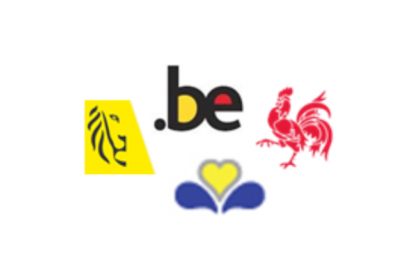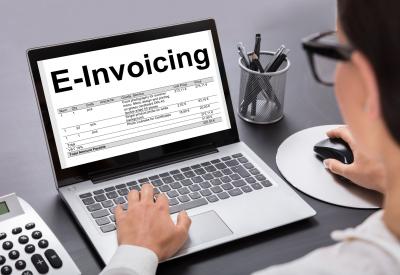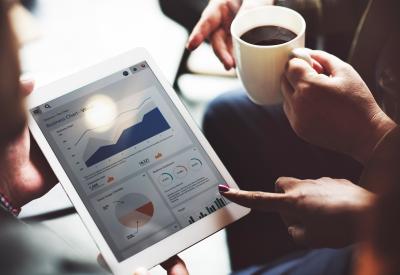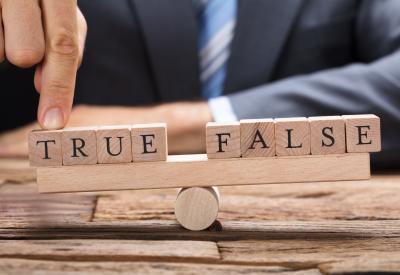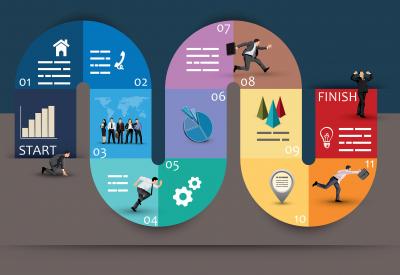Target
e-Invoicing 101Theme
GeneralTo put it simply, everyone is concerned by e-Invoicing in the more or less distant future.
Of course, some sectors and profiles are and will be much more directly involved in the development of e-Invoicing: accountants, the IT sector, etc. Others, such as private individuals, are likely to be affected only later on down the line.
1. Large companies
e-Invoicing is nothing new for large companies: it has been around since the 1980s. In the 90s, many e-Invoicing exchange networks were set up to meet the specific, generally sectoral, demands of large industries.
The problem? These networks generally remain very compartmentalized. This often forces the less dominant companies to subscribe to several of these services in order to satisfy their trading partners.
This compartmentalization is mainly due to the disparity in formats between the networks. The harmonisation offered by the European Standard makes it possible to overcome these disparities. Its proper implementation makes it possible to cut costs and increase the reliability of exchanges.
2. The public sector
All European contracting authorities must be able to receive a structured electronic invoice in accordance with the European Standard. This obligation, which is contained in European Directive 2014/55 came into force on 17 April 2019.
Europe’s message to the public authorities is clear cut. It is a new key step towards the widespread use of e-Invoicing. However, it is not surprising that the public sector should be covered by this directive: overall, public authorities account for 15% of purchases in the economy. They therefore receive very significant volumes of invoices
3. SMEs
Like public authorities, small and medium-sized enterprises mainly receive cross-sectoral invoices, i.e. from other sectors of activity. The development of e-Invoicing within public authorities is therefore expected to pave the way for SMEs.
There is no doubt that the time and money saved by e-Invoicing is a major argument when it comes to encouraging these companies to invest in this measure and thus strengthen their competitiveness.
4. The IT sector
For the IT sector, e-Invoicing is an opportunity to be grabbed. After all, e-Invoicing is only possible if appropriate solutions are developed.
Europe's obligation on public authorities is therefore also a clear signal to the sector, aimed at stimulating the development and marketing of the IT solutions essential to facilitate e-Invoicing, also in the business world.
5. Accountants and trustees
With e-Invoices, the tasks of encoding and posting invoices will be performed automatically and will no longer have to be outsourced to accountants or trustees.
These professions are therefore encouraged to focus more on their advisory role and the handling of difficult cases. They will also benefit from the increasingly collaborative and modular IT solutions available on the market.
6. Private individuals
50% of invoices are sent out to individuals and households. The widespread use of partially automated invoices in PDF format already makes it possible to achieve 30% of the efficiency gains promised by complete automation.
Will individuals ever be affected by electronic invoicing? The advent of smartphones and cloud services makes this technically possible. Households are also concerned by the processing of their bills, even if they are relieved of any accounting obligations. It can therefore be assumed that e-Invoicing will also affect them in the long term. Indeed, some pioneers in the IT sector have already started to develop solutions for this target group.



